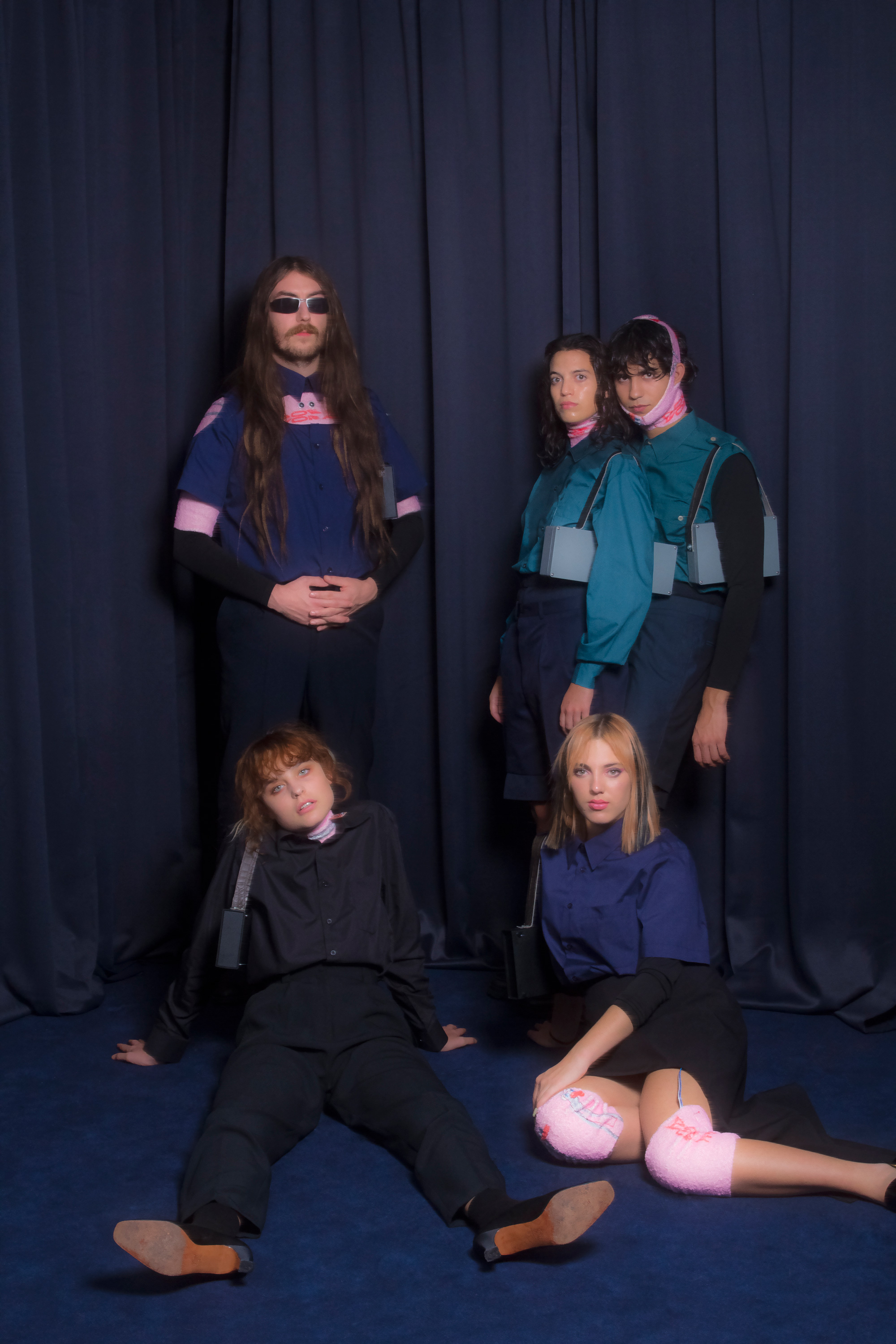
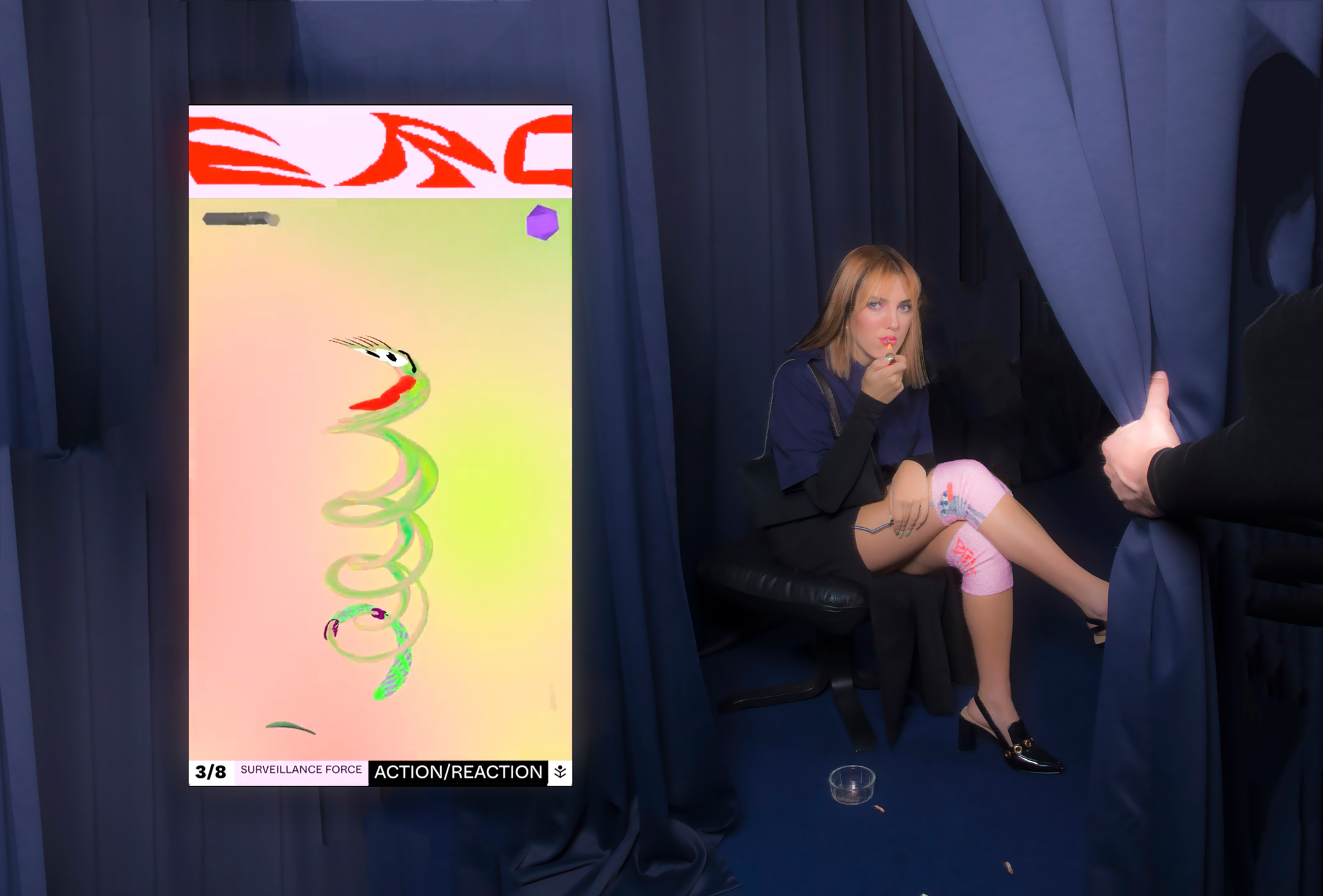
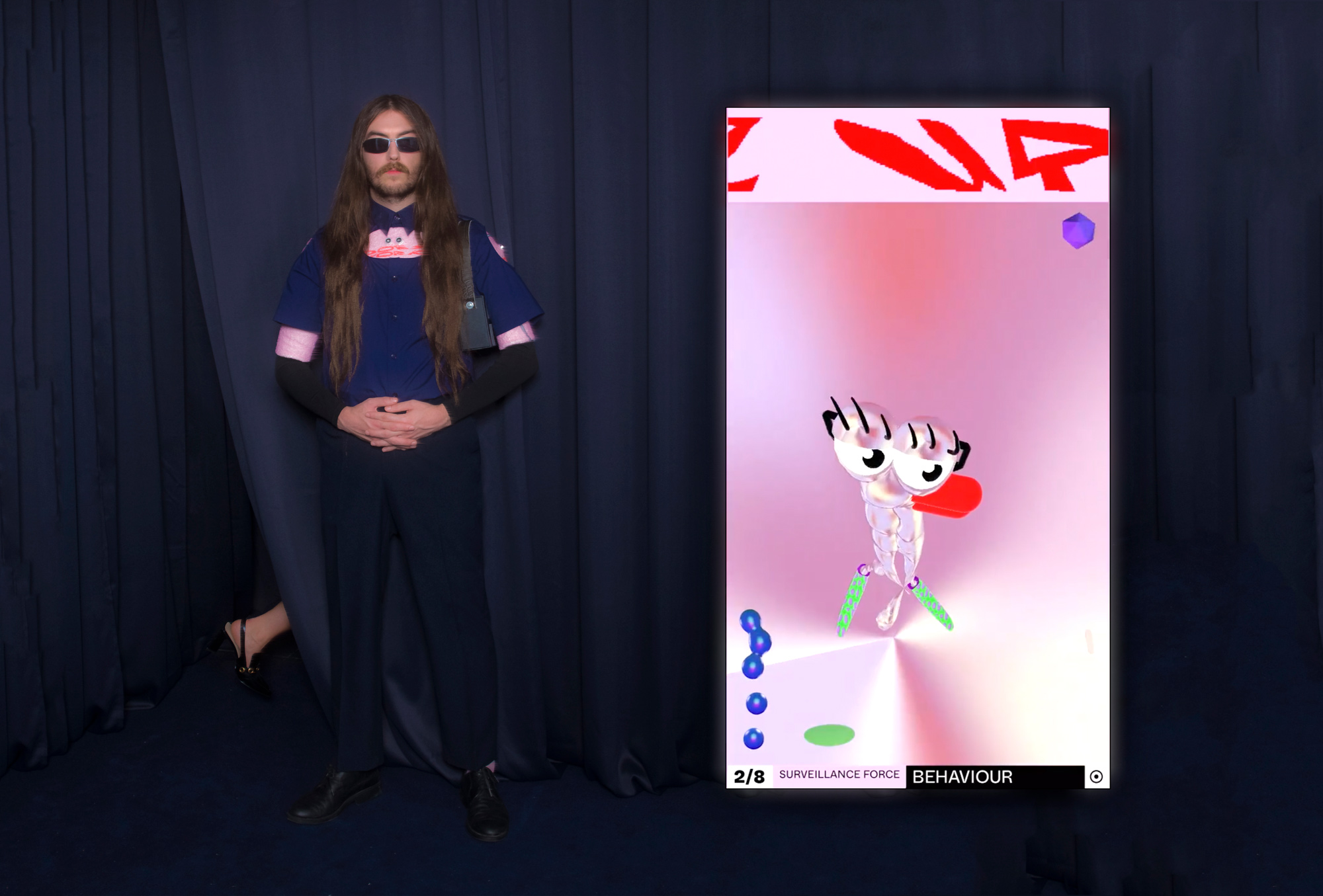
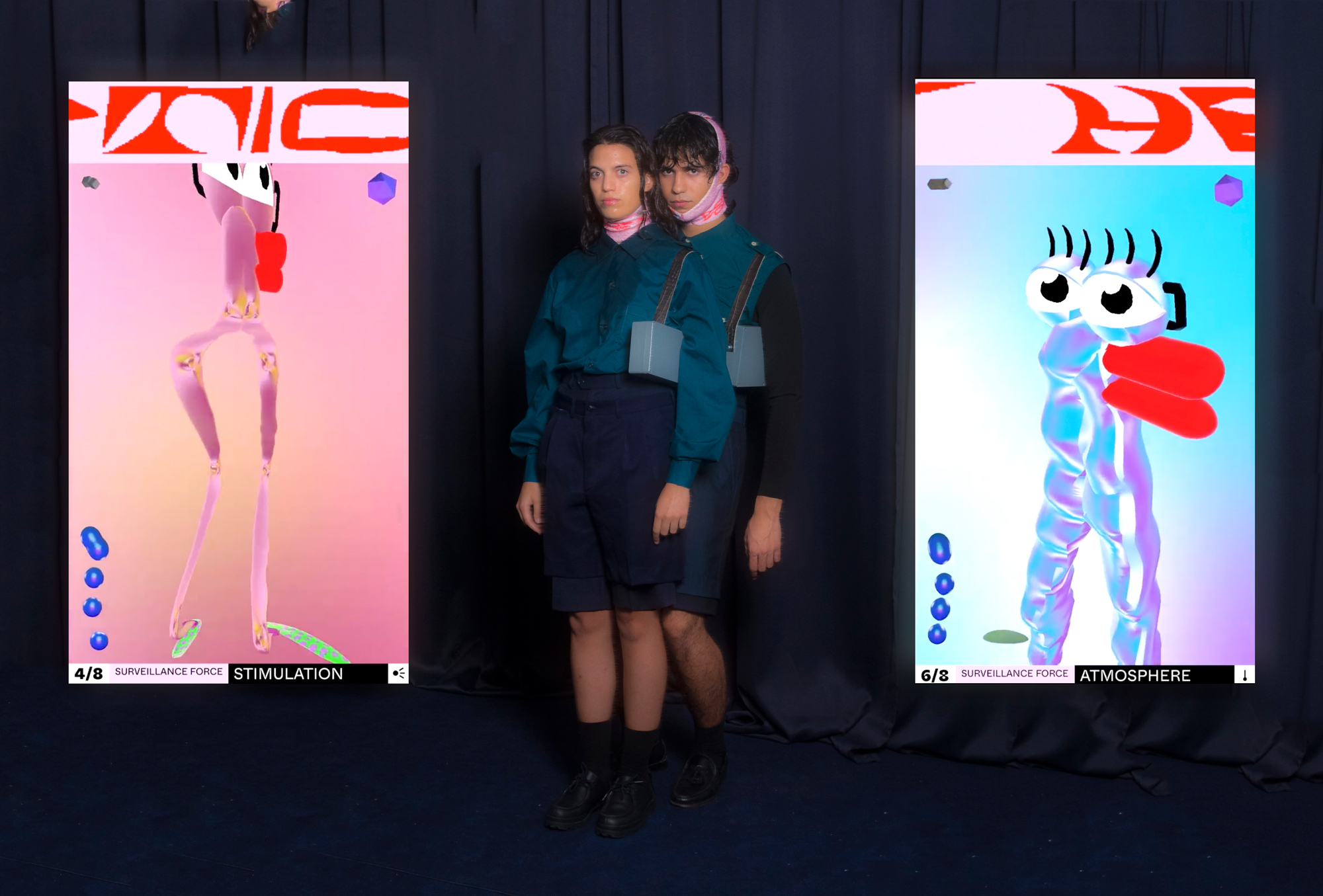
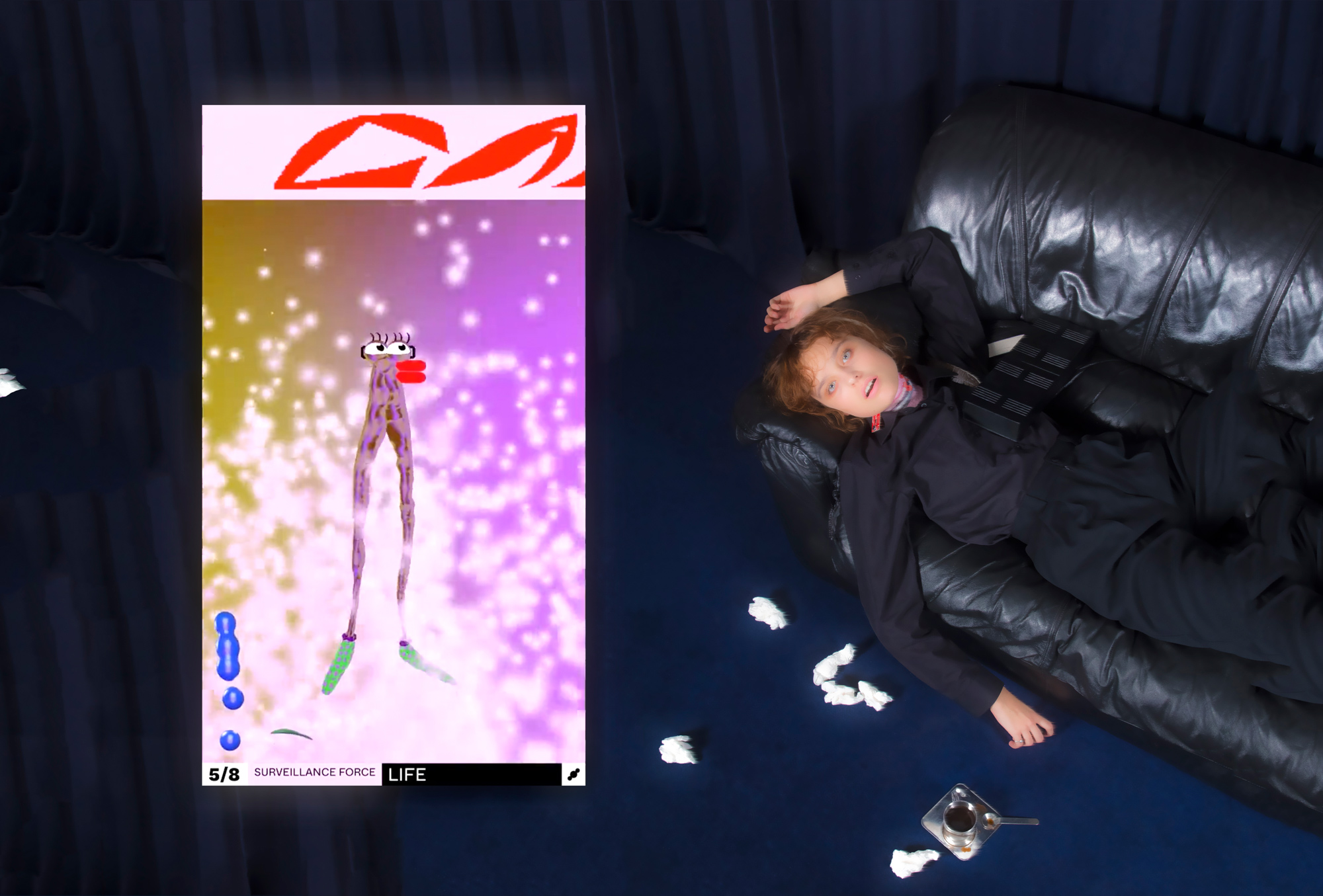
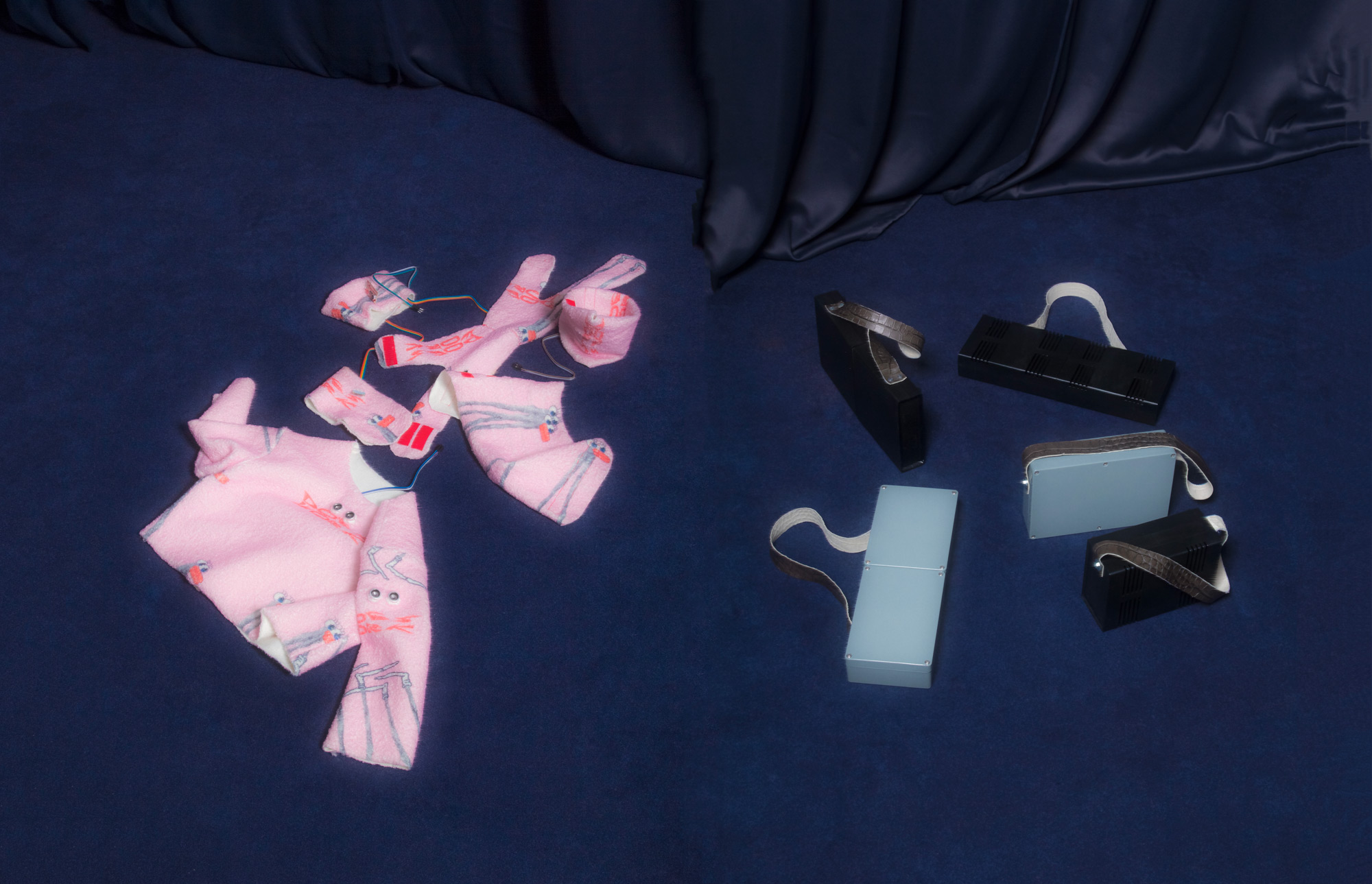
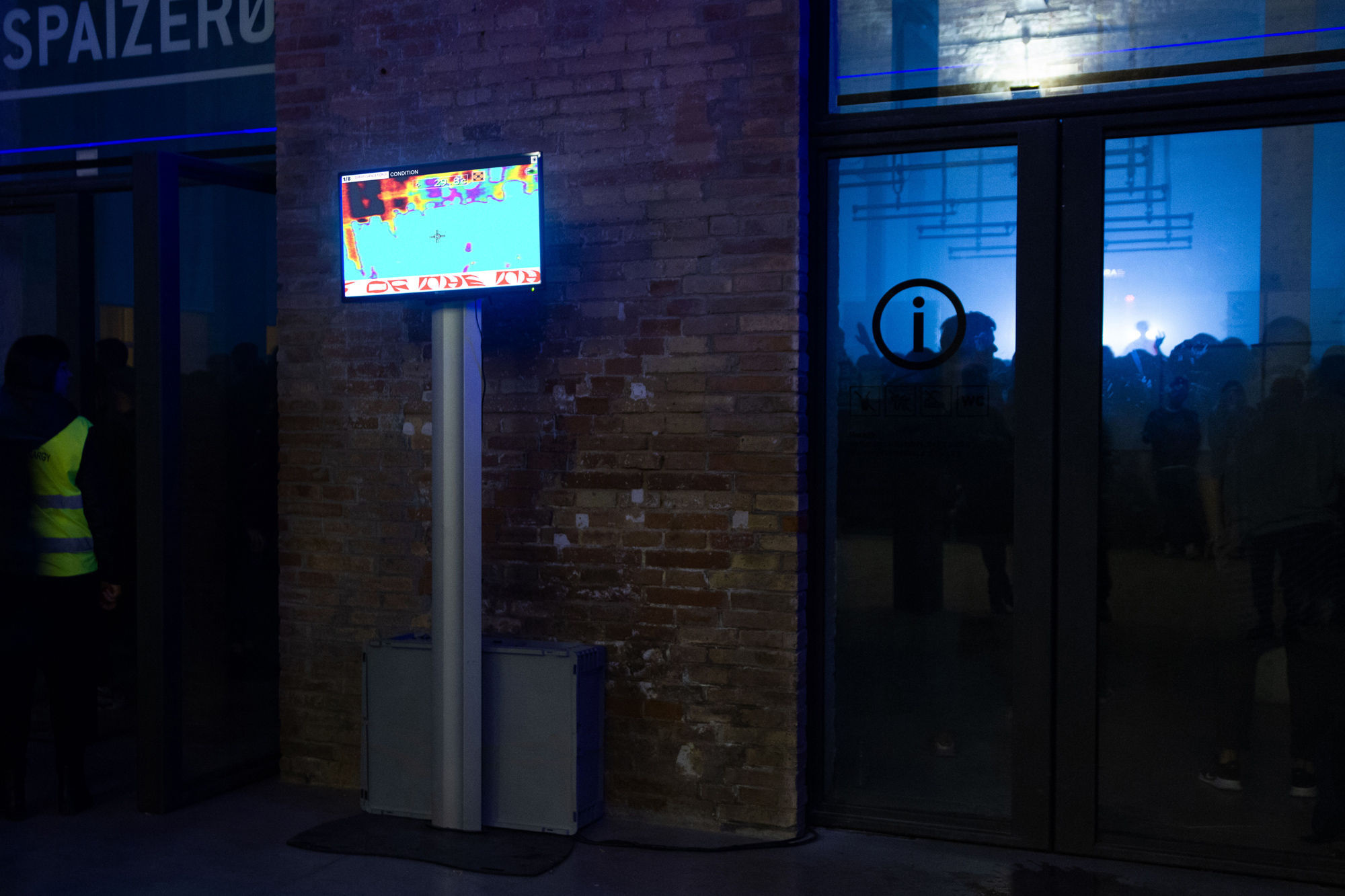
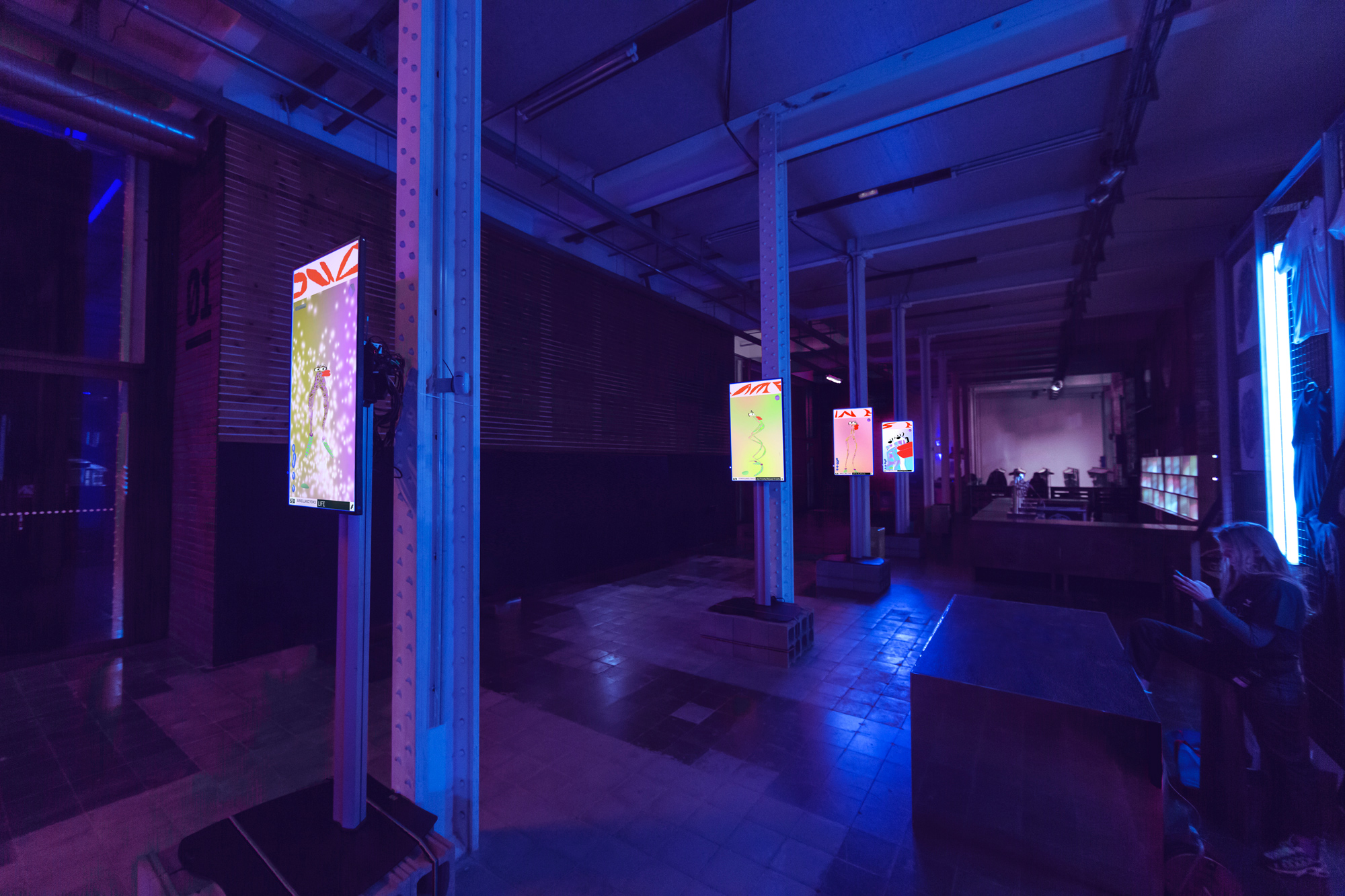
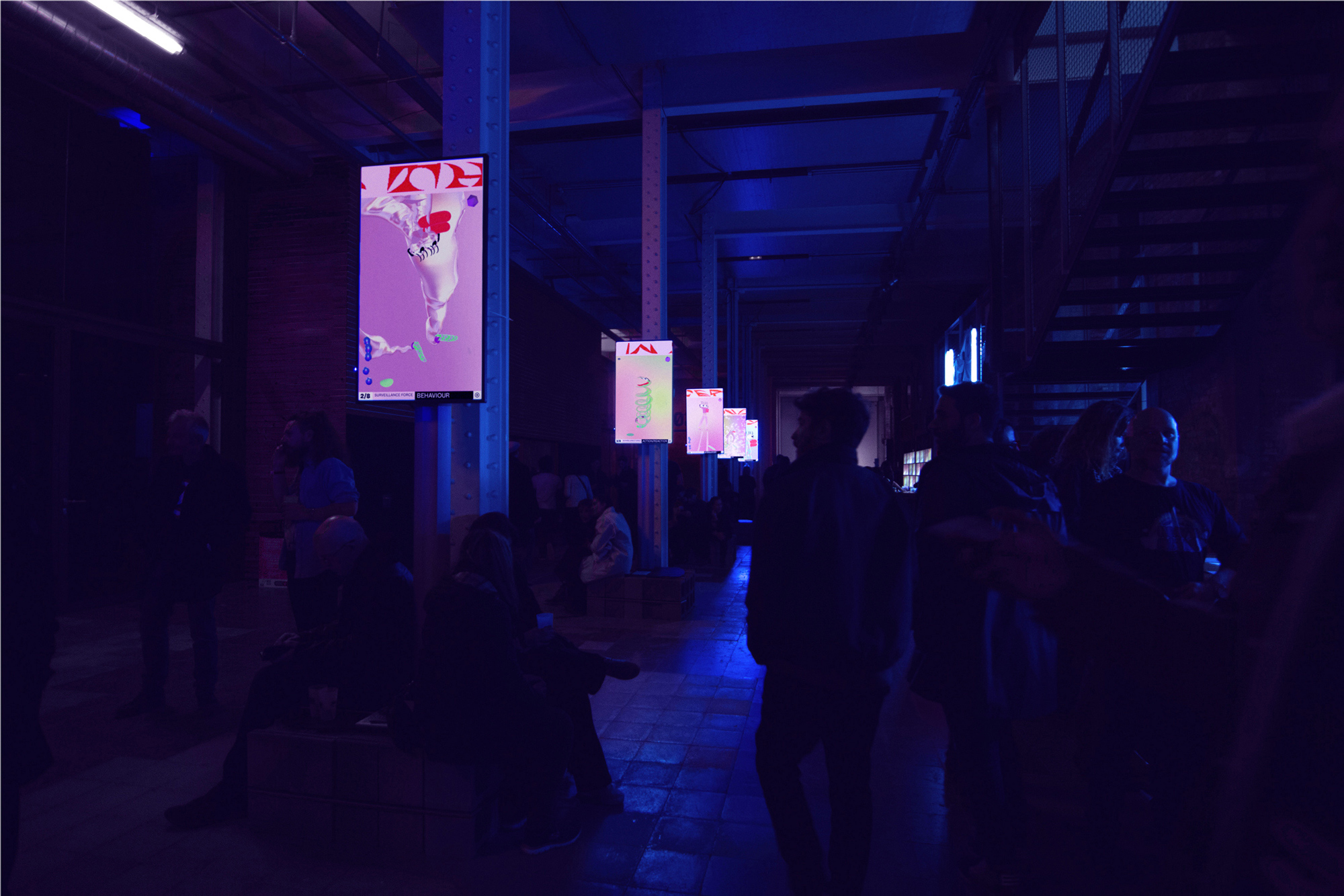
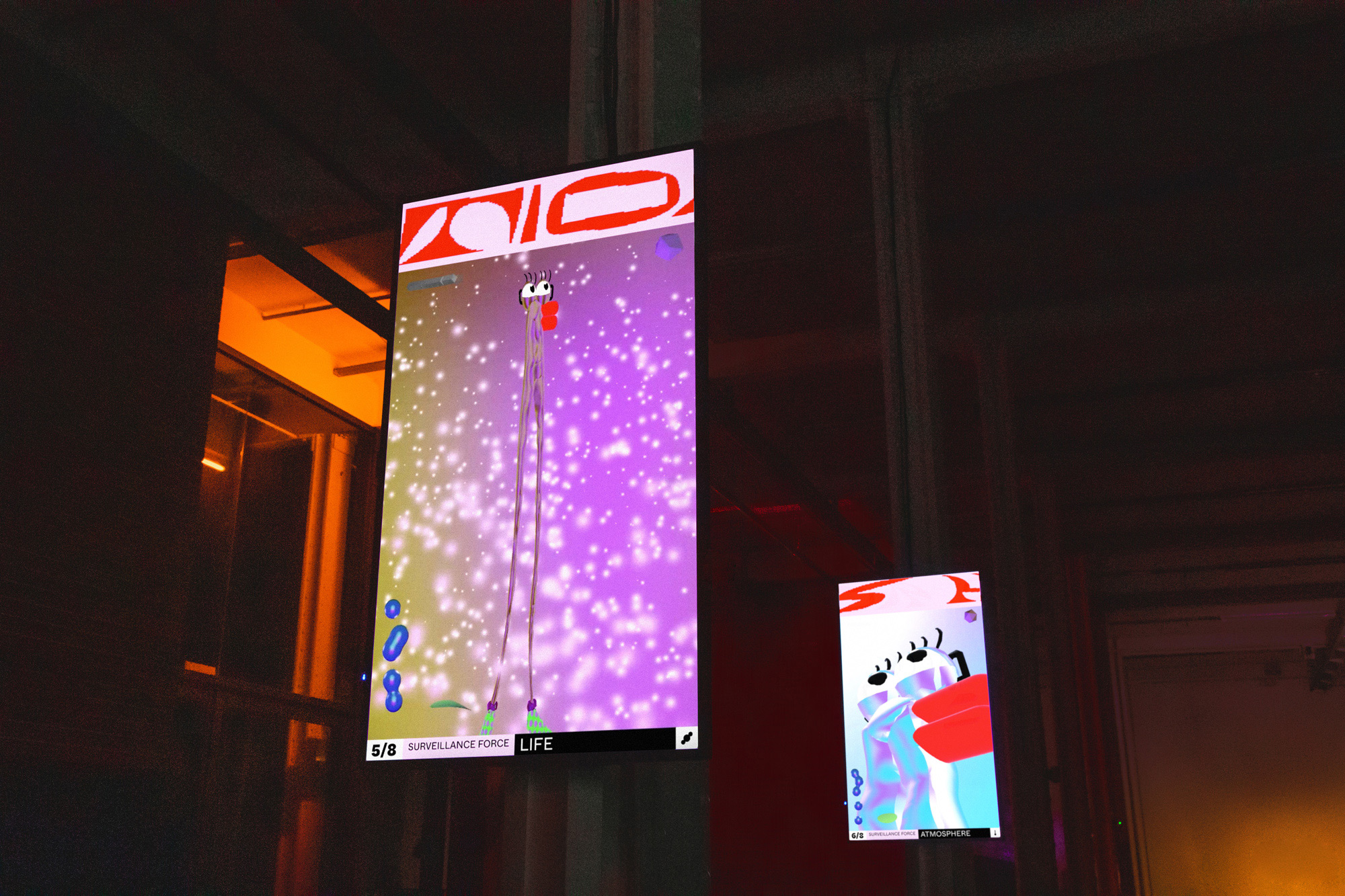
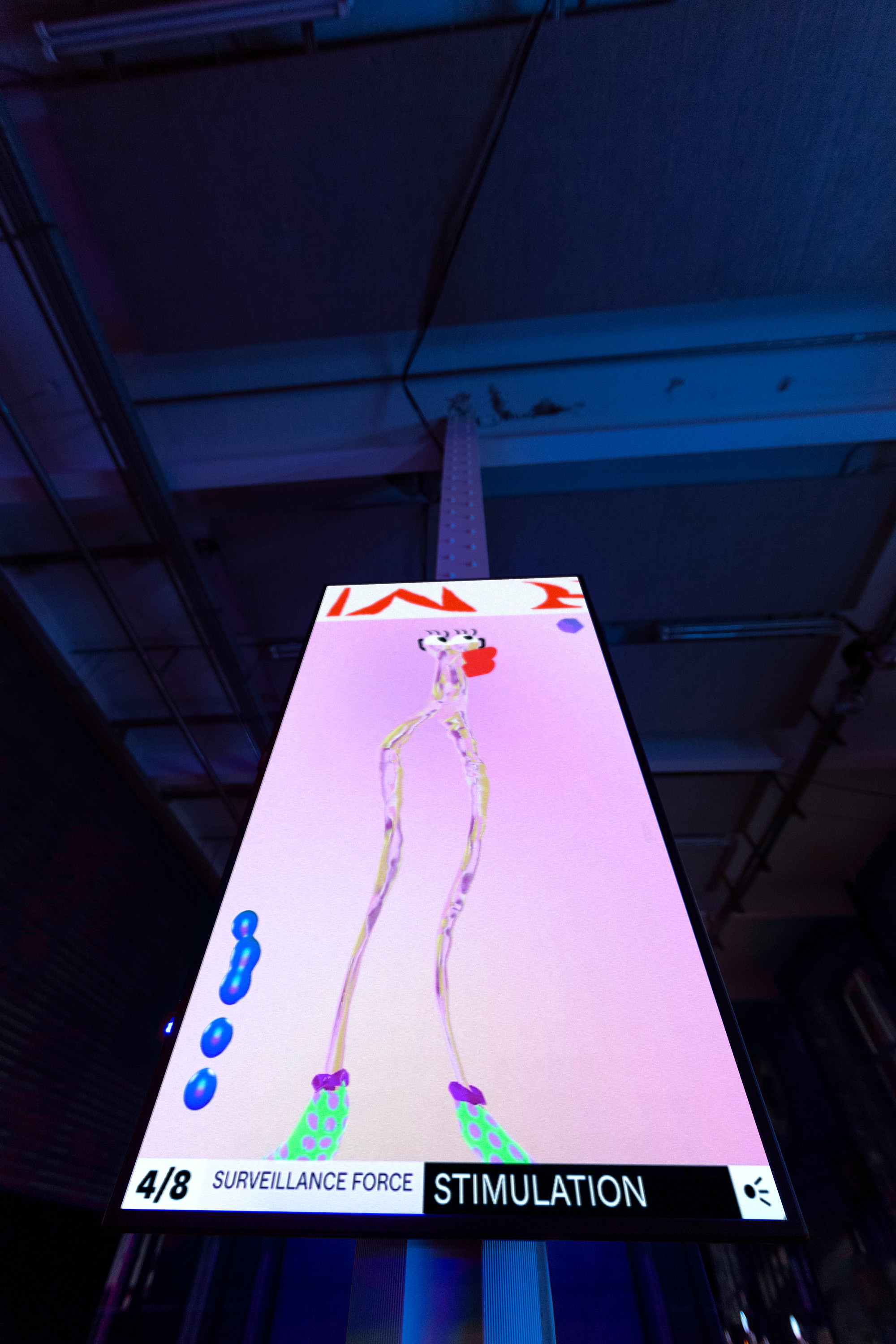
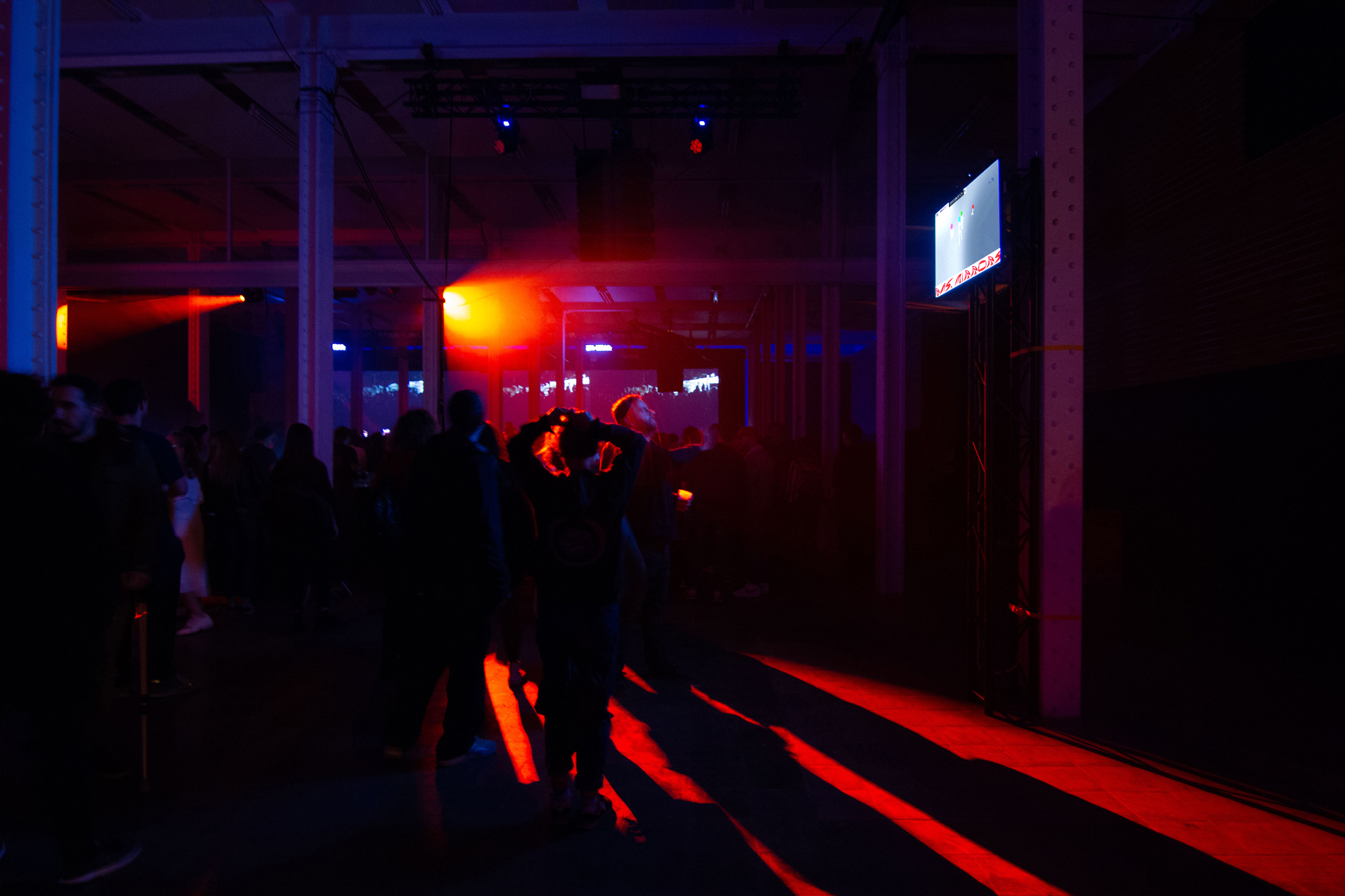
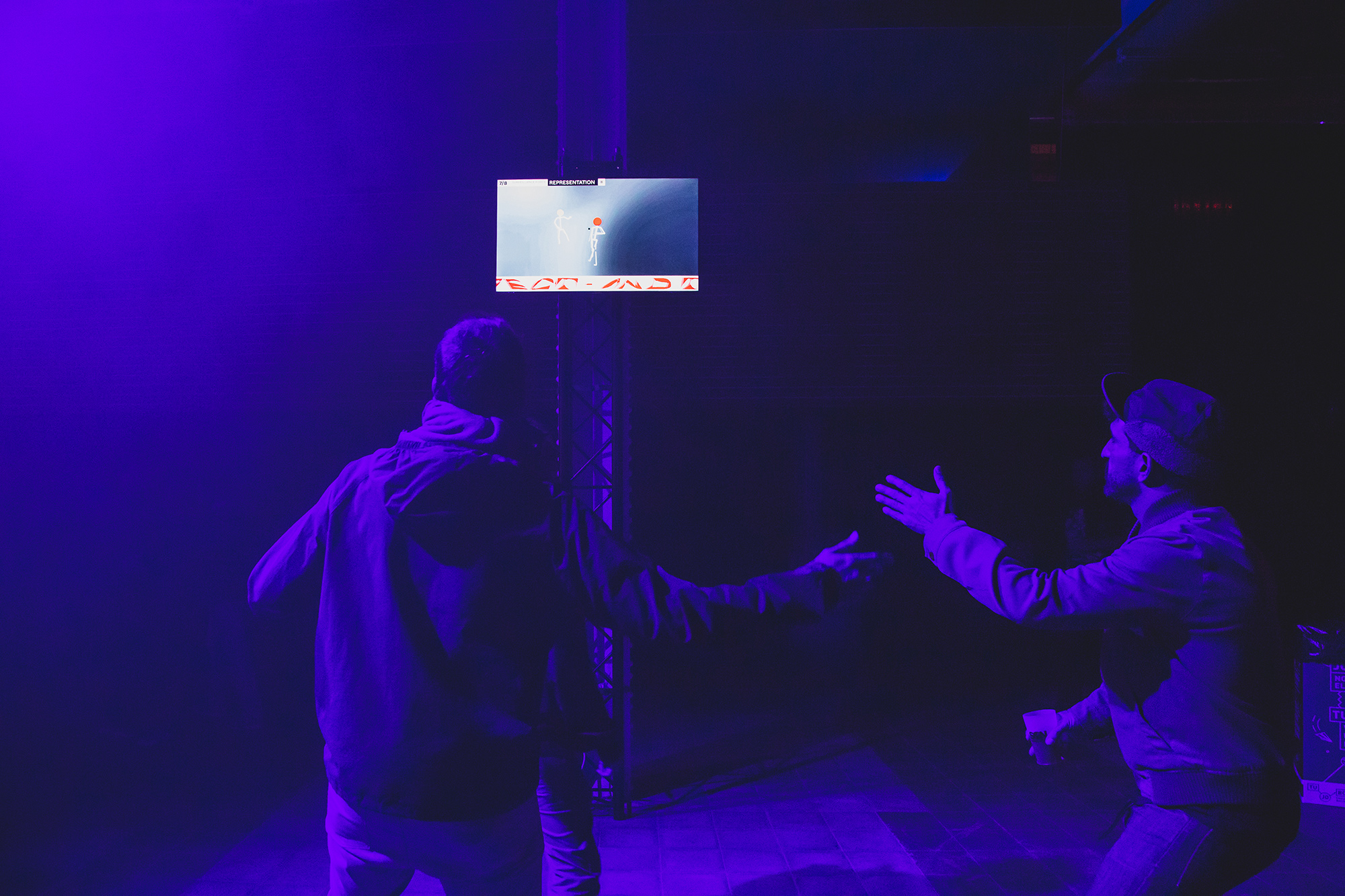
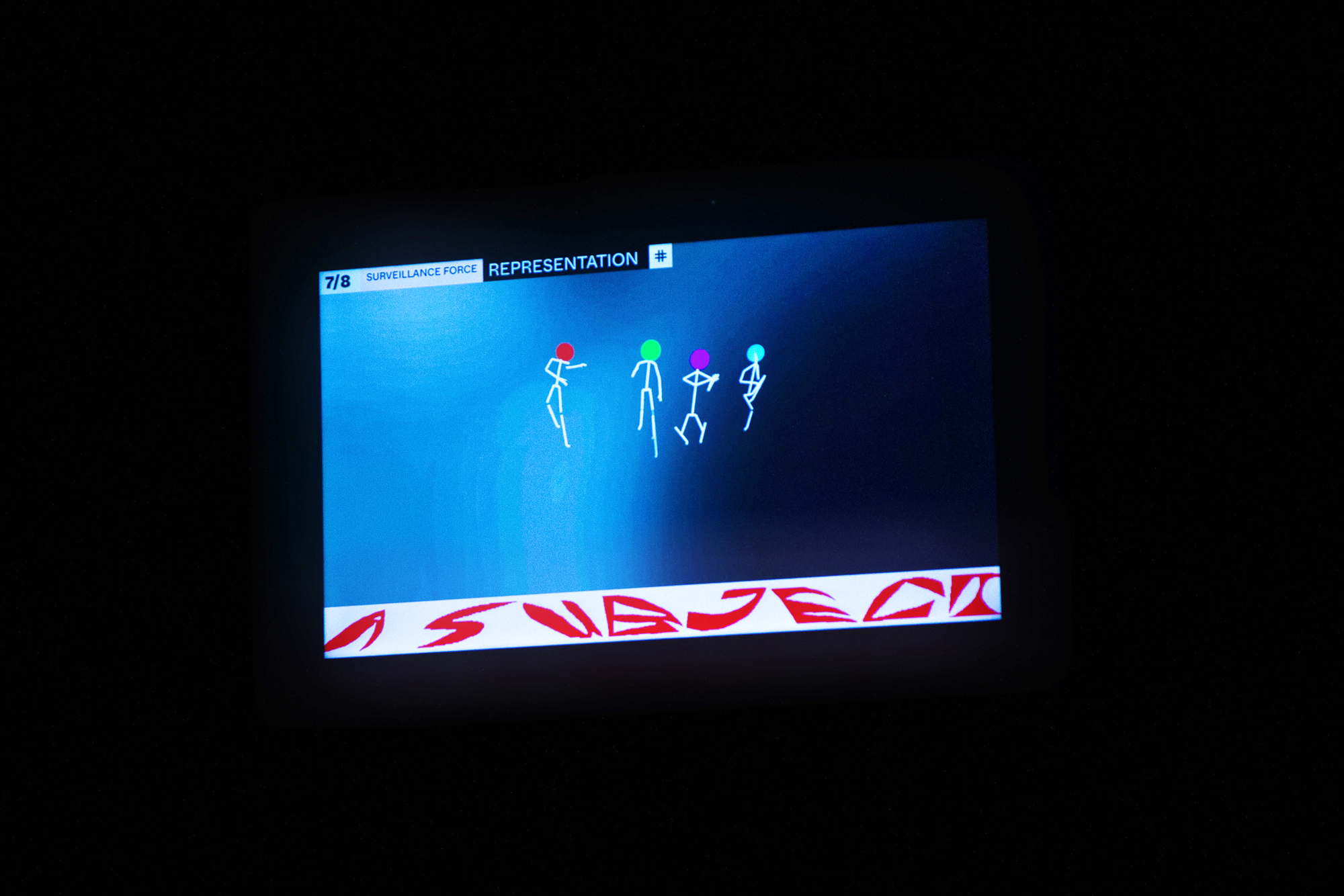
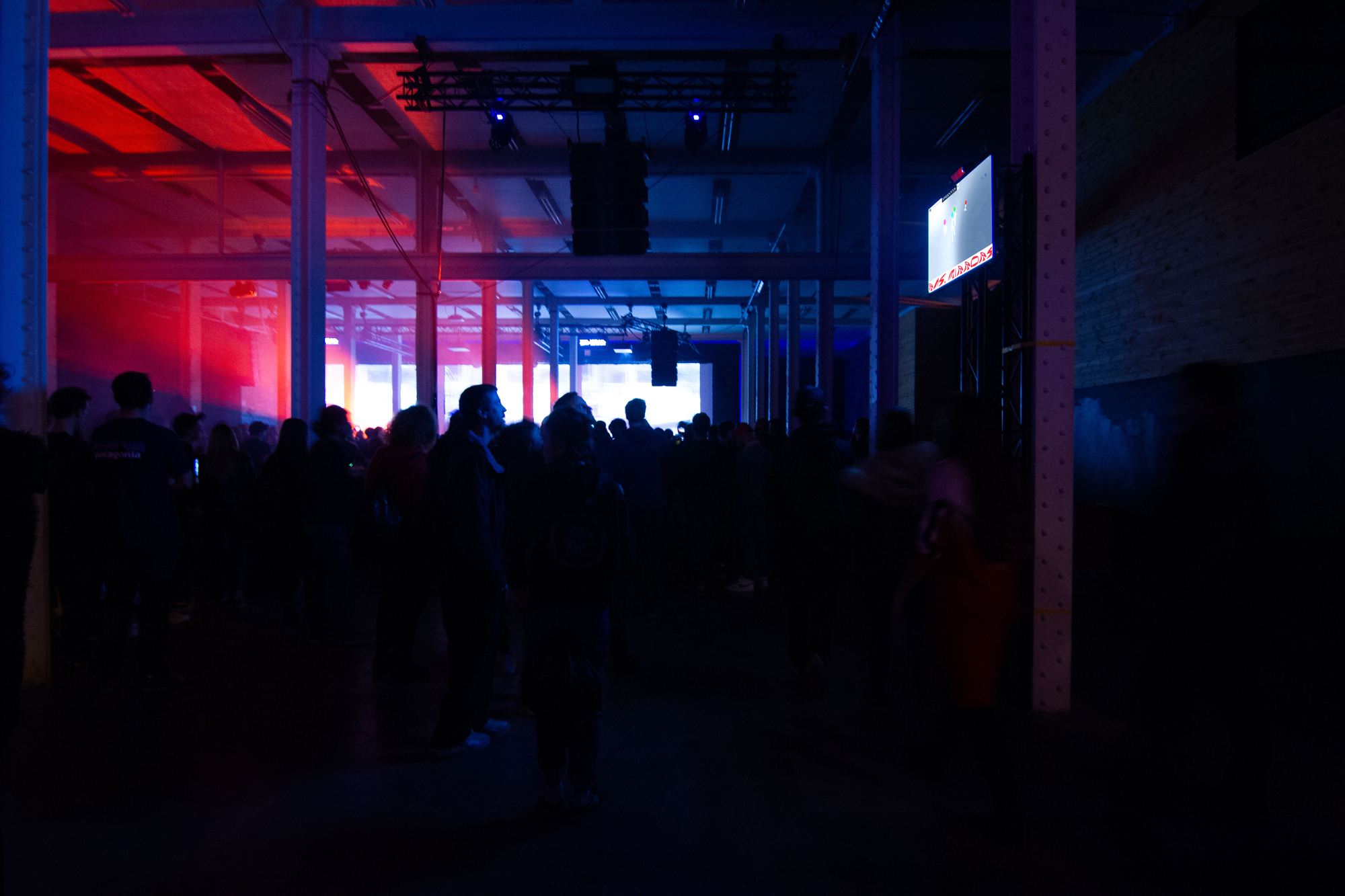
Mira DOES Unnoticed identities
2019
DOES Tech®
DOES Social®
Project developed by DOES Work for MIRA Festival 2019 held at Fabra i Coats.
As humans, we are equipped with a series of biological tools that define the advantages and limits of our perception; what we can see, hear, smell, taste or touch portrays what we are capable of understanding. And even so, those senses are limited, since we can only biologically perceive what is within a specific range of frequencies, as it happens with our eyes and ears. Basically, our biological perception capabilities are limited, but our curiosity is not. That is why, for different reasons, approaches and intentions, we have historically been seeking to know more by trying to see what cannot be seen, by trying to hear what cannot be heard. Military purposes, scientific research or mass surveillance activities, among others, have culminated in the origin of new control technologies. Technologies designed to see, to achieve more, to have an advantage. Technologies meant to help us understand beyond our capabilities, allowing us to make visible the invisible.
Some of those technologies only exist in connection with our bodies. Taking parameters such as movement, temperature or breathing, they are made to detect, to recognize. But to recognize what? A body? A person? Someone’s identity? Are those parameters also in charge of defining who we are? What we represent? What we look like?
At this point, the interesting context is that something that we cannot see, a value or a characteristic of our body or behaviour is used by certain technologies to build an identity. An identity that we, as humans, cannot even biologically recognize and which is in need of a software that can translate it into a visual language or code that we can relate to. Basically, there is a chain connection between body parameters, caught by a technology designed to see what cannot be perceived and translated into a language that is understandable and allows us to be in control. At that point, it is clear that what represents and builds our identity, lives and exists in a wider spectrum than we could think, see and understand. Everything that happens inside and around our bodies is part of our identity, even if we can biologically see it, or not.
When we think about the term identity we think about what we are, who our real self is. The idea of conceiving and understanding this term could be considered equivalent to the Aristotle’s conception of essence: the one that refers to «being this or that» of a thing, that is, not to what a thing is, but to «what» that thing «is».
Regarding identity, we found plenty of other “technologies of control” that will always open new scenarios due to the fact that they exist. If a company, state or service creates or needs a technology for any identity-control related activity, that means that they will need to detect, generate and validate an identity. The act of analyzing something or someone in order to extract information requires a system that, with time and knowledge, can be controlled and used for other purposes. In relation with identity-control technologies it appears to be clear that every effort to control the human body can turn out into a new tool to be free and express our identities.
credits
Team:
David Haro
Victor Betriu
Arnau Anglada
Marta Soldevilla
Technology and code:
Nex Community
Graphic design:
Mark Bohle
Shooting:
Art direction and photography: Arnau Anglada
Installation images: Alba Ruperez, Carol Xarlene, Naïma Underwood
Video Shooting: Anxo Casal, Lluc
Video Edit: David Haro
Models:
Momo
Victor Betriu
Guillermo Lucena
Carlota Puncernau
Júlia Puig
Berta Cambra